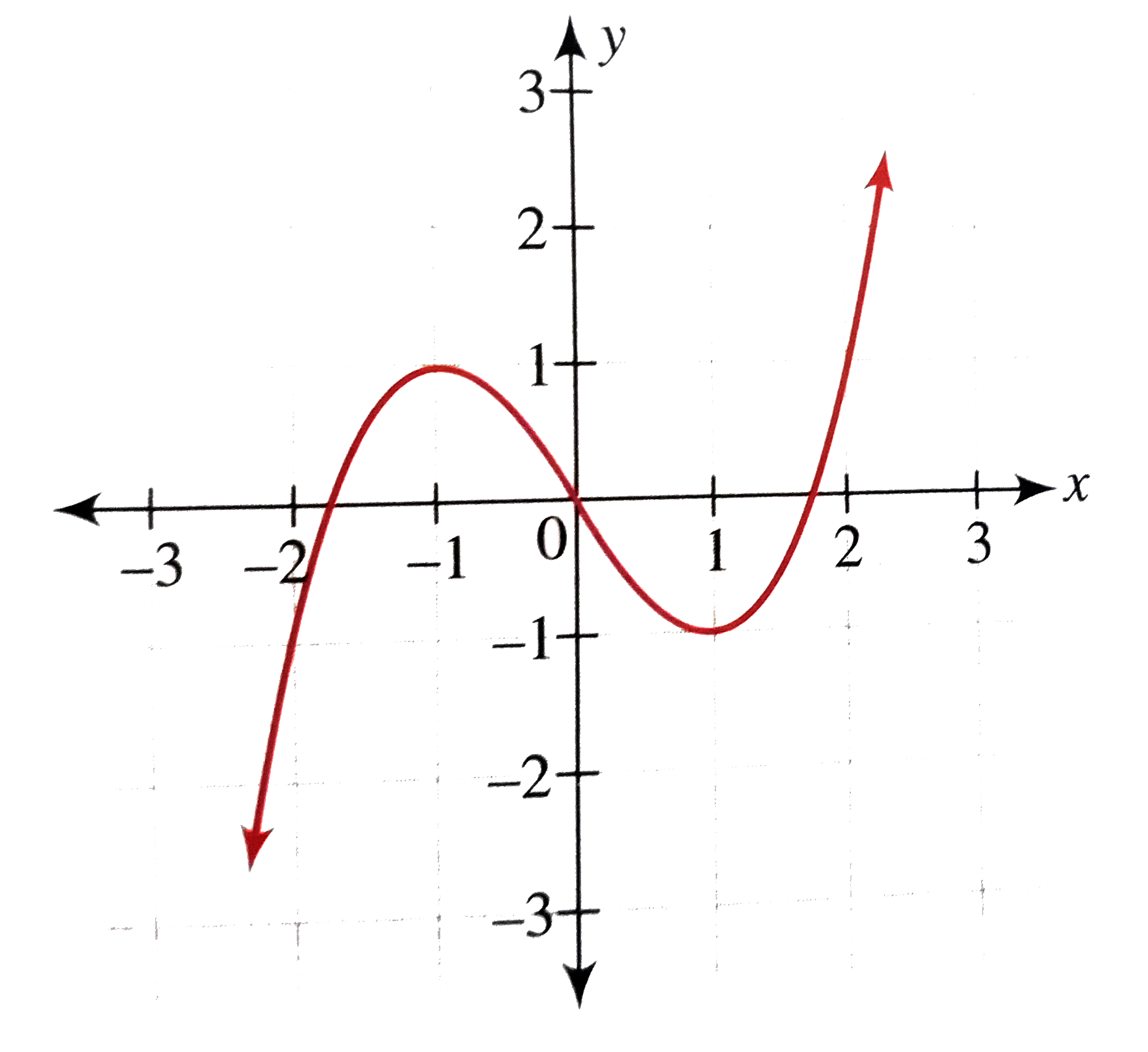Consider the equation 2x+5y=13wherex,y∈N. Find the number of solutions of the equation.
To solve the equation 2x+5y=13w where x,y∈N, we can follow these steps:
Step 1: Rearranging the Equation
Start by rearranging the equation to eliminate the fractions. We can multiply through by 3xy to get rid of the denominators:
3y(2)+3x(5)=xy
This simplifies to:
6y+15x=xy
Step 2: Rearranging to Standard Form
Rearranging gives us:
xy−6y−15x=0
Step 3: Adding a Constant
To factor this expression, we can add and subtract 90 (which is 15×6):
xy−6y−15x+90−90=0
This can be written as:
(x−6)(y−15)=90
Step 4: Finding Factor Pairs
Now we need to find the pairs of positive integers (x−6) and (y−15) such that their product is 90.
Step 5: Prime Factorization of 90
The prime factorization of 90 is:
90=21×32×51
Step 6: Counting the Factor Pairs
To find the number of positive integer solutions, we can use the formula for counting the number of divisors. If n=pe11×pe22×…×pekk, the number of divisors d(n) is given by:
d(n)=(e1+1)(e2+1)…(ek+1)
For 90:
- For 21: e1=1 gives 1+1=2
- For 32: e2=2 gives 2+1=3
- For 51: e3=1 gives 1+1=2
Thus, the total number of divisors is:
d(90)=2×3×2=12
Step 7: Conclusion
Therefore, the total number of solutions for the equation 2x+5y=13w where x,y∈N is 12.
Start by rearranging the equation to eliminate the fractions. We can multiply through by 3xy to get rid of the denominators:
Rearranging gives us:
To factor this expression, we can add and subtract 90 (which is 15×6):
Now we need to find the pairs of positive integers (x−6) and (y−15) such that their product is 90.
The prime factorization of 90 is:
To find the number of positive integer solutions, we can use the formula for counting the number of divisors. If n=pe11×pe22×…×pekk, the number of divisors d(n) is given by:
- For 32: e2=2 gives 2+1=3
- For 51: e3=1 gives 1+1=2
Therefore, the total number of solutions for the equation 2x+5y=13w where x,y∈N is 12.
Similar Questions
Consider the equation 2x+5y=13wherex,y∈N. Find the number of solutions of the equation.
View SolutionGraphical representation of different functions is also a method of find the number of solution (s) of any equation. The number of solution of the equation f1(x)=f2(x) is equal to the number of points of intersection of the graphs of y=f1(c)andy=f2(x). Now consider the equation
|x−1+|x−2|+|x−3∣=k. If k>2, then the number of solutions of the given equation is/are
View Solution
Knowledge Check
Consider the equation xyx+y=233456 then the number of positive integral solutions of equation are
A140B819C72Dnone of theseConsider the equation, 1/x +1/y = 1/z, where x,y,z are natural numbers.
If x = 12, find the total number of solutions to this equation.A6B1C18D9
Find the number of solutions of the equations y=|sinx|andx2+y2=1.
View SolutionFind the number of solution of the system of equation x+2y=6 and |x-3|=y
View SolutionThe graph of the function y=f(x) is shown.

Find the number of solutions to the equation ||f(x)|−1|=12.
View SolutionFind the number of solutions of the equation x + y + z = 6, where x, y, z, ∈ W.
View SolutionFind the ordered pair (x, y) where x = number of roots of the equations 3|x|(2−|x|)=1 and y = number of solutions of the above equations
View SolutionFind the value of k, if x=2,y=1is a solution of the equations 2x+3y=k.
View Solution
